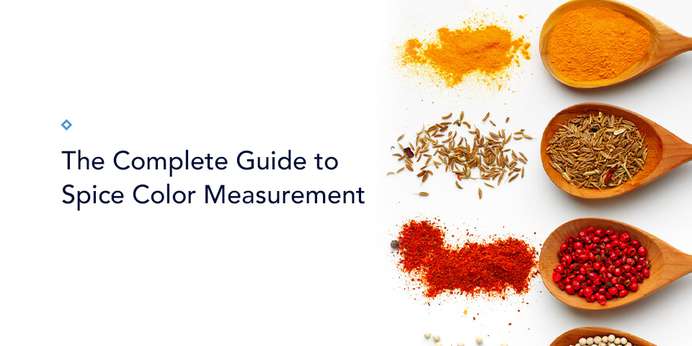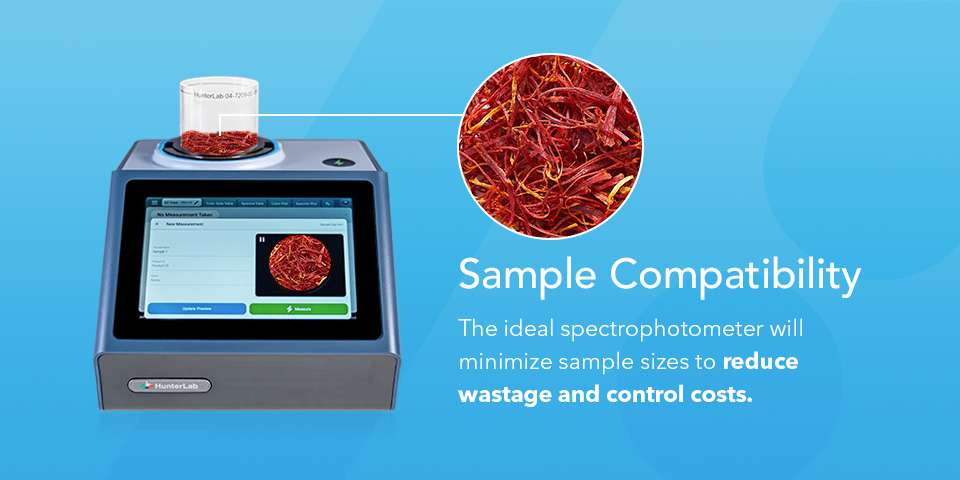
Spices provide culinary flavor and visual appeal, and their color significantly influences perceptions of taste, quality, and freshness. Appearance alterations can identify processes that require changes to uphold color quality. Accurate spice color measurement provides quantifiable data to confirm whether spices meet accepted industry tolerances, quality standards, and customer expectations.
The Value of Accurate Spice Color Analysis
Several compelling reasons to measure spice color are:
- Quality control: Consumers judge food quality by color, and high moisture content, temperature fluctuations during storage, and spice age significantly impact appearance. Quantifying and monitoring the color quality of spices supports higher-quality end products.
- Business impact: People also expect certain spice colors to enhance food's visual appeal. Consistently delivering the desired color fosters brand loyalty and can create lifelong brand enthusiasts.
- Conformance with standards: Some spices, such as paprika and oleoresin spices, have specific industry standards they may follow. Other spices use different industry-recognized color spaces, like Hunter L, a, b. Accurate measurements document conformance with frameworks.
Integrating Measurements Throughout Manufacturing
Taking multiple measurements allows manufacturers to monitor the color quality at critical production points, simplifying issue identification and empowering early resolution to reduce waste. Quantifying data at various stages also pinpoints where color alterations occur so you can proactively adjust. Consider implementing color measurement across production, from raw material inspections to in-process color data capture and finished product verification.
Sample Considerations for Spice Manufacturers
Spices come with unique color measurement challenges, including:
Sample Size vs. Cost
Sample size may not concern those working with low-cost spices like black pepper, but quantifying color in high-cost spices like saffron represents a more significant expense. Manufacturers of these more costly spices benefit from minimizing the sample amount required. A highly precise and accurate color measurement solution supports greater confidence in outcomes, even with smaller samples. The right tool also means less waste of valuable ingredients, so more goes toward retail shelves and your bottom line.
Nonuniform Materials
Spices are naturally nonuniform, containing various textures, sizes, and shapes from their processed plant parts. Blends like seasoning salt or curry powder further increase complexity with a mix of different spice ingredients. These variations make visual comparisons unreliable and accurate data capture challenging without the right technology.



